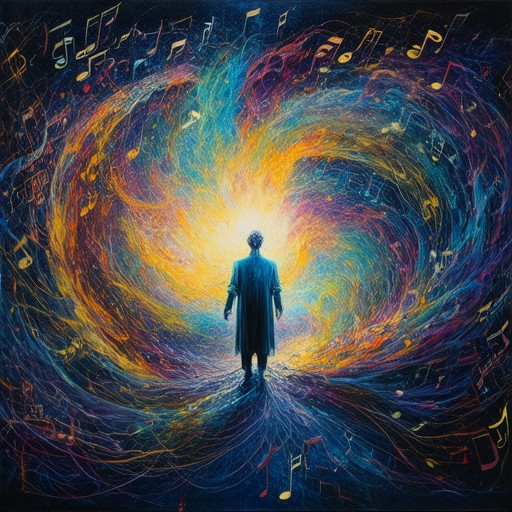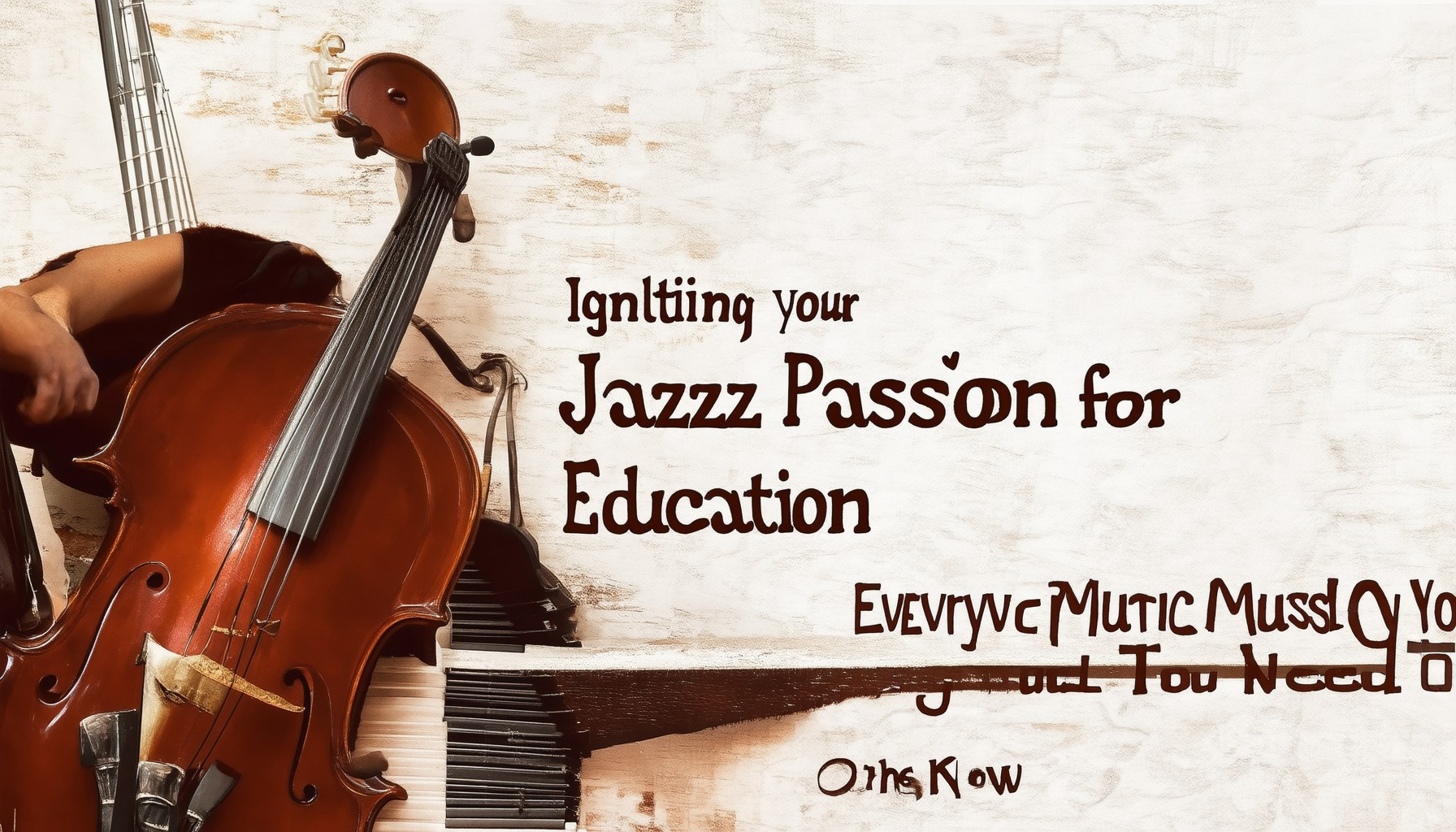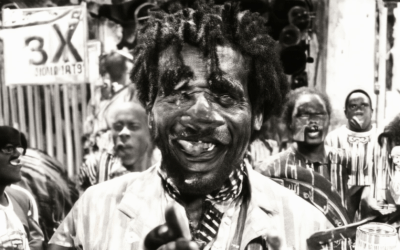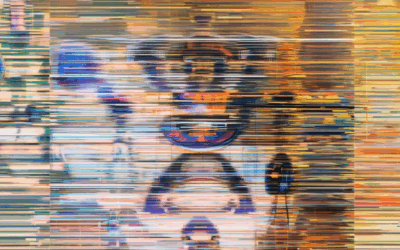Jazz fusion, a dynamic blend of diverse musical styles, has emerged as a groundbreaking approach to music education, captivating audiences and musicians alike. This innovative method, which merges traditional jazz with contemporary influences, offers a fresh perspective on musical exploration. While it has faced its share of criticism over the years, jazz fusion remains a popular choice for those seeking to expand their musical horizons. From mastering complex rhythms to understanding the interplay between instruments, jazz fusion music education provides a unique pathway to becoming a versatile musician. Whether you’re a seasoned player or just beginning, the allure of jazz fusion lies in its ability to challenge and inspire. As we delve into the intricacies of this fascinating genre, we’ll explore what makes jazz fusion music unique, the challenges it presents, and how it continues to shape modern music. Join us as we uncover the secrets of jazz fusion and discover how it can transform your approach to playing and creating music.
Key Takeaways
– Mastering Jazz Fusion Requires Overcoming Complex Challenges: From intricate rhythms and harmonies to spontaneous improvisation, jazz fusion demands dedication and skill.
– Top Artists in Jazz Fusion Include Icons Like Miles Davis and Herbie Hancock: These legends and others have redefined the genre, blending jazz with rock, funk, and world music.
– Understanding the Genre Starts with Addressing Its Technical and Rhythmic Demands: Develop your musical foundation and ear training to tackle the genre’s unique complexities.
– Resources Like Tiger Funk Can Guide Your Journey: Access valuable tools and insights to navigate the learning curve and explore the genre’s vast possibilities.
– Notable Jazz Standards Like ‘Giant Steps’ Are Essential to Any Musician’s Repertoire: These challenging songs highlight the technical and improvisational skills required for jazz fusion.

What is the Jazz Fusion Method?
The jazz fusion method is a musical technique that combines elements of jazz with influences from various genres, including funk, rock, and world music. This innovative approach emerged in the late 1960s and early 1970s, primarily in the United States, and has since become a significant force in modern music.
Basic Components of Jazz Fusion
- Melodic Structure : Jazz fusion often features complex melodies that draw from both traditional jazz and popular music.
- Harmonic Progression : The use of extended chords and unconventional progressions adds depth and interest to the music.
- Rhythmic Complexity : Fusion pieces frequently utilize polyrhythms, syncopation, and intricate drumming patterns.
Key Techniques in Jazz Fusion
- Groove-Based Vamps : Many fusion tracks rely on a solid rhythmic foundation, often featuring repeating vamps in a single key or chord progression.
- Chord Progressions : Advanced players may use sophisticated chord progressions that deviate from standard jazz harmony.
- Unconventional Time Signatures : Fusion musicians commonly experiment with time signatures like 5/4, 7/4, and others to create unique textures.
- Counter-Melodies : Dual melodies or counter-melodies are common, adding layers to the music.
Notable Artists and Works
- Herbie Hancock : Known for his groundbreaking album Maiden Voyage , Hancock blended jazz with funk and electronic elements.
- Weather Report : A prominent fusion band known for albums like Cobblestone Street and The Lowdown .
- John McLaughlin : Renowned guitarist whose work with Mahavishnu Orchestra pushed boundaries in jazz fusion.
Cultural Impact
Jazz fusion has influenced countless musicians across various genres, from hip-hop to contemporary jazz. Its emphasis on innovation and musical diversity continues to inspire new generations of artists.
For more details on jazz fusion and its evolution, explore our articles on the history of jazz fusion and its influence on funk and soul .
Why Was Jazz Fusion Controversial?
Jazz fusion, a genre that blends jazz with elements from rock, funk, and other musical styles, has been a subject of debate among musicians and audiences. The controversy surrounding it often stems from its departure from traditional jazz norms.
Traditionalist Backlash
One of the primary reasons for the controversy is the reaction from jazz purists. Critics argue that jazz fusion strays too far from the foundational elements of jazz, such as improvisation and collective ensemble playing. They believe that fusion focuses too much on individual virtuosity and studio production, diluting the essence of the genre.
Genre Expansion and Innovation
Jazz fusion has pushed boundaries by incorporating elements from various genres. This innovation has led to subgenres like jazz-rock, which features heavy rhythms and distorted instruments, and jazz-funk, characterized by syncopated basslines and hypnotic grooves. While this experimentation has opened doors for new sounds, it has also alienated those who prefer a stricter interpretation of jazz.
Accessibility vs. Authenticity
Some critics claim that jazz fusion makes the music more mainstream, appealing to audiences who might not typically enjoy jazz. This has led to accusations of “selling out” or compromising artistic integrity. Supporters, however, view fusion as a means to reach a broader audience while still pushing creative boundaries.
The Legacy of Jazz Fusion
Despite the controversy, jazz fusion has left an indelible mark on music history. Artists like Miles Davis, John McLaughlin, and Herbie Hancock have redefined what jazz can be, influencing generations of musicians. Fusion has also paved the way for hybrid genres like hip-hop and electronic music, showing how boundaries can be pushed and redrawn.
In summary, jazz fusion’s controversy reflects the ongoing debates about artistic innovation versus tradition. While some view it as a bold evolution of jazz, others see it as a deviation from its core values.

What is Jazz Fusion Music?
Jazz fusion is a musical genre that emerged in the late 1960s, blending jazz harmonies and improvisation with elements from rock, funk, and rhythm and blues. This innovative style has evolved over decades, becoming a cornerstone of modern music.
Characterized by complex rhythms, virtuosic instrumentation, and a mix of genres, jazz fusion often features long-form compositions and spontaneous improvisation. Musicians in this genre draw inspiration from various traditions, creating a unique sound that transcends traditional boundaries.
- Instrumental Solos: Jazz fusion often includes extended instrumental solos, showcasing the technical skills of musicians.
- Genre Influences: The genre absorbs elements from rock, funk, and R&B, creating a dynamic and eclectic sound.
- Evolution: Over time, jazz fusion has split into subgenres, including smooth jazz, acid jazz, and neo-jazz, each with its own distinct flavor.
Notable artists associated with jazz fusion include Herbie Hancock, Weather Report, and Chick Corea. Albums like “Aja” by Steely Dan and “Thieves in the Temple” by Michael Lee Firkins are celebrated for their innovative approach to the genre.
Tiger Funk celebrates this rich history through comprehensive articles, artist profiles, and album reviews, offering deep insights into the evolution of jazz fusion and its global impact. Explore our resources to discover the cultural significance and artistic innovation of this groundbreaking music style.
For more information about jazz fusion and related artists, visit our jazz fusion page or explore our artist profiles .

Is Jazz Fusion Hard to Play?
Jazz fusion is indeed challenging to master due to its complex nature and diverse influences. Here’s a breakdown of why it can be difficult:
Technical Challenges
- Complex Rhythms: Jazz fusion often features intricate polyrhythms, requiring precise timing and coordination among musicians.
- Extended Chords and Harmonies: The genre frequently employs extended chords and unconventional harmonies, demanding a deep understanding of music theory.
- Instrumentation: Fusion can involve a variety of instruments, including synths, horns, and even world instruments, which may require versatility and quick switching.
Improvisational Demands
- Spontaneity: Musicians must improvise on the fly, relying on their ability to create melodies and harmonies in real-time.
- Cultural Blending: Fusing different genres means navigating multiple musical languages, which can be mentally stimulating and technically demanding.
Rhythmic Complexity
- Multiple Time Signatures: Fusion pieces often shift time signatures mid-song, adding layers of challenge for both players and listeners.
- Syncopation and Groove: Maintaining a solid groove while incorporating syncopated rhythms can be tricky for newcomers.
Musical Understanding
- Deep Knowledge Required: A solid foundation in jazz principles is essential, as fusion builds upon them with added complexity.
- Ear Training: Developing ears attuned to various styles is crucial for picking up on subtle changes and nuances.
Performance Pressure
- Communication: Effective communication among band members is vital, as any misstep can disrupt the overall performance.
- Adaptability: Players must quickly adapt to spontaneous changes during live performances.
Learning Curve
- Time Investment: Mastering fusion requires significant practice and study, as it combines elements from multiple genres.
- Unique Soundscapes: Achieving the distinct fusion sound often necessitates experimentation and a willingness to explore uncharted territories.
Resources to Help
- Tiger Funk provides valuable insights and resources for those interested in exploring jazz fusion further. Their platform offers articles, artist profiles, and album reviews to aid in your journey.
- Practice and Collaboration: Engaging with fellow musicians and dedicating consistent practice time can significantly enhance your skills and confidence.
While jazz fusion presents unique challenges, persistence and dedication can overcome these obstacles. With the right guidance and practice, anyone passionate about music can navigate the complexities of jazz fusion and enjoy the creative freedom it offers.
Who is the King of Jazz Fusion?
Jazz fusion is a genre that blends jazz with elements from various musical styles, including rock, funk, and world music. While Miles Davis is often cited as a foundational figure due to his groundbreaking albums like In a Silent Way (1969) and Bitches Brew (1970), the kings of jazz fusion encompass a broader array of artists who have pushed the boundaries of the genre.
Here are some of the most influential artists in jazz fusion:
- Miles Davis
- Known for fusing jazz with rock, funk, and studio production, Davis’ work with bands like the Miles Davis Quintet and his solo albums set the stage for jazz fusion. His album A Tribute to Jack Johnson (1971) further expanded the genre’s reach.
- John McLaughlin
- As a member of Miles Davis’ band and later founding the Mahavishnu Orchestra, McLaughlin is celebrated for his virtuosic playing and complex compositions that redefine jazz fusion.
- Herbie Hancock
- A pioneer in blending jazz with funk and hip-hop influences, Hancock’s work with the Headhunters and his solo career has redefined jazz fusion for modern audiences.
- Wayne Shorter
- Known for his work with Miles Davis and his own projects, Shorter’s compositions often fuse jazz with rock and world music, creating a unique sound that has influenced countless musicians.
- Chick Corea
- As leader of Return to Forever, Corea popularized acoustic jazz fusion, combining elements of classical music and jazz to create a distinctive sound.
- Weather Report
- Co-founded by Wayne Shorter and featuring Joe Zawinul, Weather Report is known for blending jazz with rock and progressive music, creating a sophisticated form of jazz fusion.
- Steely Dan
- Often associated with the jazz fusion scene, Steely Dan’s album Aja (1977) showcases their ability to merge intricate arrangements with rock influences.
- Joe Zawinul
- Known for his work with Superjam and his solo albums, Zawinul has been a driving force in world music and electronic jazz fusion.
- Pat Metheny
- A contemporary icon of jazz fusion, Metheny’s innovative guitar playing and use of technology have taken the genre into the avant-garde.
- Cecile McLorin Salvant
- Representing a newer generation, Salvant’s work with her band The Roots shows how jazz fusion can incorporate vocal elements in unique ways.
Each of these artists has left an indelible mark on jazz fusion, making it clear that there is no single “king” of the genre, but rather a diverse group of innovators who continue to push the boundaries of music.

What is the Hardest Jazz Song to Play?
The most challenging jazz song to perform is often debated among musicians and enthusiasts, but one name consistently rises to the top: “Giant Steps” by John Coltrane.
Why Is “Giant Steps” Considered So Difficult?
- Complex Chord Progressions: The song features an intricate and rapidly changing chord structure, requiring advanced harmony knowledge.
- Rapid Tempo: Playing “Giant Steps” often demands a high tempo, making it difficult to keep up with the technical demands.
- Intricate Melody: The melody itself is complex and requires precision to execute accurately.
- Improvisational Demands: The solo sections are notoriously challenging, needing exceptional improvisational skills.
- Jazz Standard Status: As a iconic jazz standard, it’s frequently featured in performances and recordings, making mastery essential for serious musicians.
Other Difficult Jazz Songs
- “Take Five” by Dave Brubeck, known for its non-standard time signature and complex chord changes.
- “Fly Me to the Moon,” often played with intricate improvisations and unique interpretations.
Conclusion
“Giant Steps” reigns supreme as one of the hardest jazz songs to play due to its technical challenges, harmonic complexity, and demand for exceptional skill. Its legacy as a jazz standard ensures it remains a cornerstone of any serious musician’s repertoire.





0 Comments